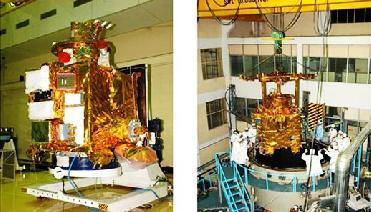
A File Photo of Chandrayaan-1: India's first mission to the moon. Photo Credit: ISRO.
NEW DELHI (PTI): A NASA scientist has said that his joint experiment with ISRO to look for ice in a permanently shadowed crater near the moon's North Pole using Chandrayaan-I had failed.
Known as bi-static experiment, it involved coordinated use of Chandrayaan-I and US space agency National Aeronautics and Space Administration's Lunar Reconnaissance Orbiter (LRO) spacecraft.
Ahead of the experiment, LRO executed a minor manoeuvre to adjust its orbit to Chandrayaan-I and both spacecraft made observations of the Erlanger Crater from different angles at the same time.
However, when NASA scientists analysed the data, they found that Chandrayaan-I was not pointed to the moon when the observations were being made.
"Everything worked out as best as could be hoped, except for one thing. It turned out Chandrayaan-I was not pointed at the moon when we were taking the data, but we didn't know that at the time," said Paul Spudis, principal investigator for Chandrayaan-I radar instrument, Mini-SAR told science web journal 'Universe Today'.
The experiment was conducted on August 20 and scientists were planning to make another set of observations around last month end but Chandrayaan-I lost radio contact with the ground station on August 29 forcing ISRO to bring the mission to an abrupt end.
The experiment was attempted when both spacecraft were only 20 kilometres apart over Erlanger Crater near the moon's north pole.
Both the spacecraft were equipped with a NASA miniature radio frequency instrument that functions as synthetic aperture radar, known as MINI-SAR on Chandrayaan-1 and Mini-RF on LRO.
Chandrayaan in transit mode transmitted the signals and LRO received the reflected signals. The experiement used both radars to point at the Erlanger Crater at the same time.
However, much to the scientists' dismay, they found that Chandrayaan was pointed in the wrong direction and they had no way of knowing it.
A star sensor onboard Chandrayaan-I, used to orient the spacecraft in a particular direction had failed in April and ISRO scientists had patched up two other instruments to manoeuvre it to the desired location.
Scientists were planning to compare the signal picked up by the LRO with the one picked up by Chandrayaan-I. The study of the two signals would have provided them with unique information about ice on the polar crater.
Space scientists from ISRO, Jet Propulsion Laboratory, NASA and the John Hopkins University Applied Physics Lab worked on the experiment.
Things are not as bad as they appear to be as the Chandrayaan-I was able to collect some very high resolution images of the lunar surface, particularly along the polar region.
Scientists are analysing data covering 90 per cent of the polar region which was collected between February and April.
Chandrayaan-I was launched on October 22 last year.
The launch propelled India into a select group of moon-faring nations.
Soon after the spacecraft was put into lunar orbit, a moon impact probe sent to the lunar surface in a controlled crash had placed the national tri-colour on the moon.
 Previous Article
Previous Article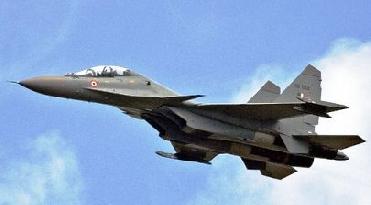 Next Article
Next Article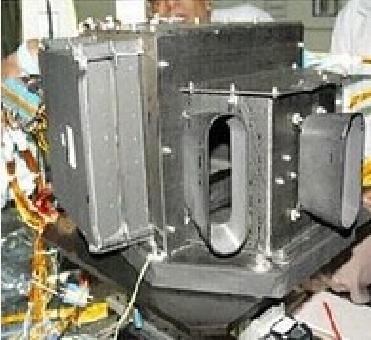
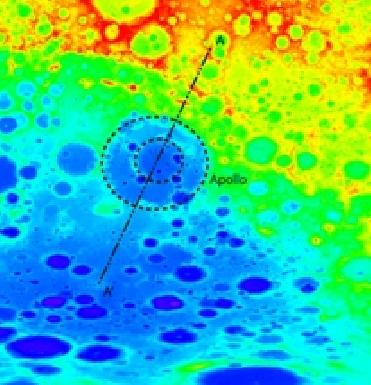
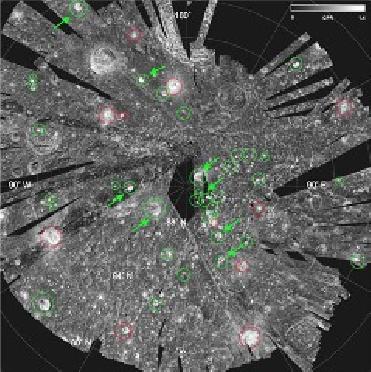
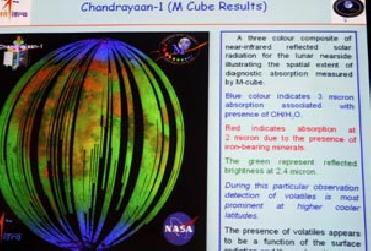










The Indian Air Force, in its flight trials evaluation report submitted before the Defence Ministry l..
view articleAn insight into the Medium Multi-Role Combat Aircraft competition...
view articleSky enthusiasts can now spot the International Space Station (ISS) commanded by Indian-American astr..
view article